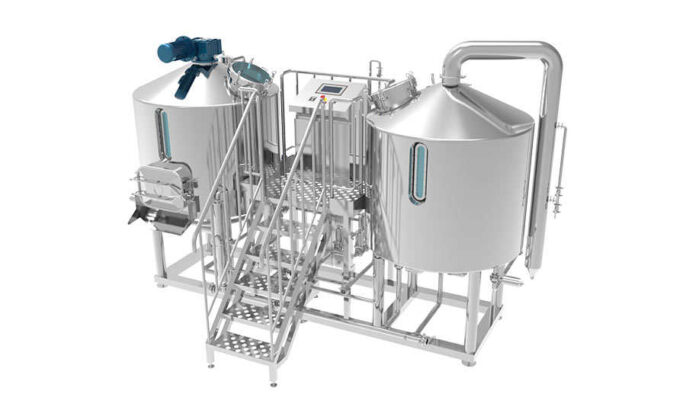The craft beer trend has spawned a plethora of breweries catering to beer lovers looking for unique flavors and high-quality craftsmanship. In this trend we often hear two terms: nanobreweries and microbreweries. They have common characteristics, but there are obvious differences. This article will explore the differences between nanobreweries and microbreweries and how they relate to each other.
What nanobrewery?
Nano means one billionth and is smaller than a micron. Nano brews are smaller than micro brews. Nano breweries are not allowed to produce a certain amount of beer before they are scaled up to micro scale.
There are no particular benefits of a nanobrewery over a microbrewery, but there may be reasons why people might want to start a nanobrewery. First off, a nano brewery is usually run by one person, one person makes the beer, turns on the taps, sells the beer, promotes the beer, pays taxes, sweeps the floor, cleans everything, pays the rent, etc. If these are your thing, it’s time to start a Nano Brewery!
The nano brewery is very small, and there is actually no certain amount of beer to build a nano brewery. But there’s an industry consensus on what it means in general: any brewery that produces three barrels of beer or less.
Can nanobreweries make money?
That means calculating how much money you need to make as well as your day-to-day operating costs. The good news is that most of the beer you sell is profitable. It is possible to sell some beer for distribution, but as a nano brewery, the goal is usually to sell as much beer on-site as possible.

Features of Nano Brewery
Private environment
Nano breweries are usually located in small, cozy spaces with more intimate confines.
And limited distribution
Nano brewery production is small and distribution is often limited.
Experimental nature
Nano Brewery focuses on experimentation and innovation. They pride themselves on pushing boundaries, crafting unique flavors, and exploring brewing techniques.
What is a microbrewery?
Compared to nanobreweries, microbreweries represent an advancement in scale and production. Tiny means one millionth. Small distilleries must produce fewer than 15,000 barrels per year. The microbrewery can only produce 465,000 gallons of beer. Microbreweries have wider distribution, distributing beer or even , depending on demand.
Microbreweries have limited distribution compared to commercial breweries that produce and distribute on a large scale. Beer produced by microbreweries is known as “craft beer”. For this reason, microbreweries are sometimes also referred to as “craft breweries.”
Features of a microbrewery
Larger scale production
Microbreweries produce beer in larger batches than nanobreweries.
Consistency
Microbreweries often focus on maintaining consistent quality in beer production. They may have dedicated winemakers and quality control processes to ensure a reliable and pleasing product.
Wider distribution
Microbreweries aim to reach a larger audience and often distribute their beer beyond the immediate area.
Bars and Retail Stores
Many microbreweries have their taprooms where customers can enjoy beer straight from the source.
What is the difference between nano and micro breweries and commercial large breweries?
Besides the amount of beer they produce, several other factors differentiate micro and nano breweries from larger commercial breweries. These smaller breweries focus on the quality of their beer. Unlike large corporations with large marketing budgets, these breweries rely on word of mouth to highlight their products.
In conclusion
Both nanobreweries and microbreweries have contributed to the craft beer industry. But they differ in size, distribution, and production. If you have been thinking about starting your microbrewery, I hope this article can help you, and you can also consult the micet group. Micet will provide customized services to help you realize your dreams!




